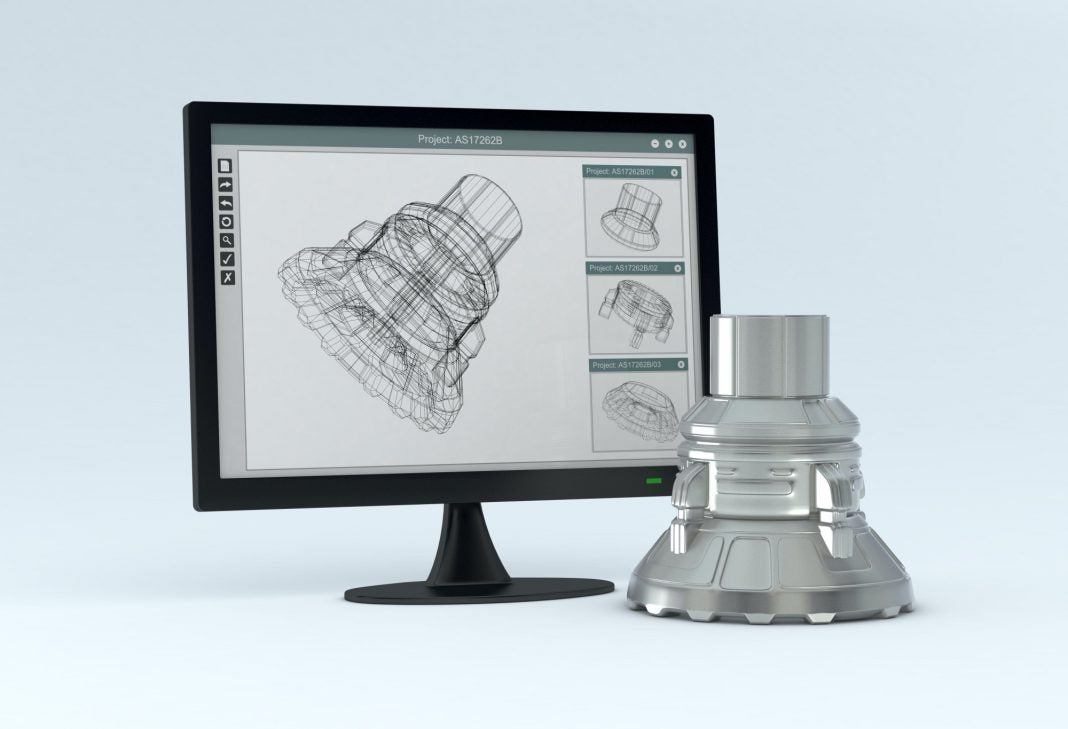Rapid Prototyping-CNC Aluminum Machining

What is Aluminum Prototyping?
Modern design constraints and market demands compel engineers and companies to minimize both time-to-market and development costs while achieving final product validation. To meet these requirements, rapid prototyping has become indispensable.
For aluminum components, rapid prototyping employs two principal technologies:
Additive Manufacturing (AM)
-
-
Process: Layer-by-layer deposition of aluminum powder via 3D printing (e.g., SLM/DMLS)
-
Characteristics:
-
Net-shape fabrication from digital models
-
Supports complex internal geometries
-
Typical surface finish: Ra 10–15μm
-
-
Subtractive Manufacturing
-
-
Process: CNC machining (milling, turning, drilling)
-
Characteristics:
-
Material removal from solid billets
-
Achieves Ra 0.8–3.2μm surface finish
-
Tolerances down to ±0.025mm
-
-
Introduction to Aluminum and its Alloys

Aluminum exhibits low density yet high strength-to-weight ratios, with certain alloys surpassing the mechanical properties of premium steels. Its material advantages include:
Superior Workability
-
-
Malleability: Elongation up to 25% (6061-O temper)
-
Corrosion resistance: Salt spray >1000hrs (per ASTM B117)
-
Weldability: ER4043 filler compatibility (AWS D1.2 compliant)
-
Economic & Sustainable Benefits
-
-
Material cost: $2.1–3.8/kg (vs. steel at $0.8–1.5/kg)
-
Recyclability: >95% energy savings vs. primary production
-
Prototyping waste reduction: 60–70% lower than steel
-
Precision Manufacturing Advantages
-
-
Post-machining distortion: <0.1mm/m (ISO 230-1 tested)
-
Ideal for:
-
Functional prototypes
-
Jigs & fixtures
-
Low-volume end-use parts
-
-
Shenzhen XTJ Aluminum Parts CNC Machining

At XTJ, aluminum machining processes are optimized to ensure:
- Superior Chip Evacuation – Prevents built-up edge (BUE) and minimizes aluminum adhesion to cutting tools.
- Tool Core Strength – Maintains rigidity to withstand cutting forces without deflection or fracture.
Tooling Solutions:
-
Carbide Grades (K-series) – For general machining (e.g., Kennametal K68)
-
High-Speed Steel (HSS) – For intricate geometries
-
Polycrystalline Diamond (PCD) – For high-volume, high-precision finishing
Machining Technology:
-
Industrial-Grade 5-Axis CNC – Enables complex contouring with ≤0.01mm positional accuracy
-
High-Pressure Coolant (70+ bar) – Enhances tool life by 30–40%
Aluminum Alloy CNC Machining and Prototyping Industry

XTJ (Shenzhen) specializes in aluminum rapid prototyping, delivering:
-
Prototyping to Production: Seamless scaling from 1–10,000+ units
-
Precision Capabilities:
-
5-Axis CNC: ±0.02mm accuracy
-
Surface Finishes: Ra 0.8–3.2μm (mirror polish available)
-
-
Company Certification: ISO9001, IATF 16949 (automotive)
-
Posted in
Aluminum Alloy, cnc machining, precision machining, prototyping





